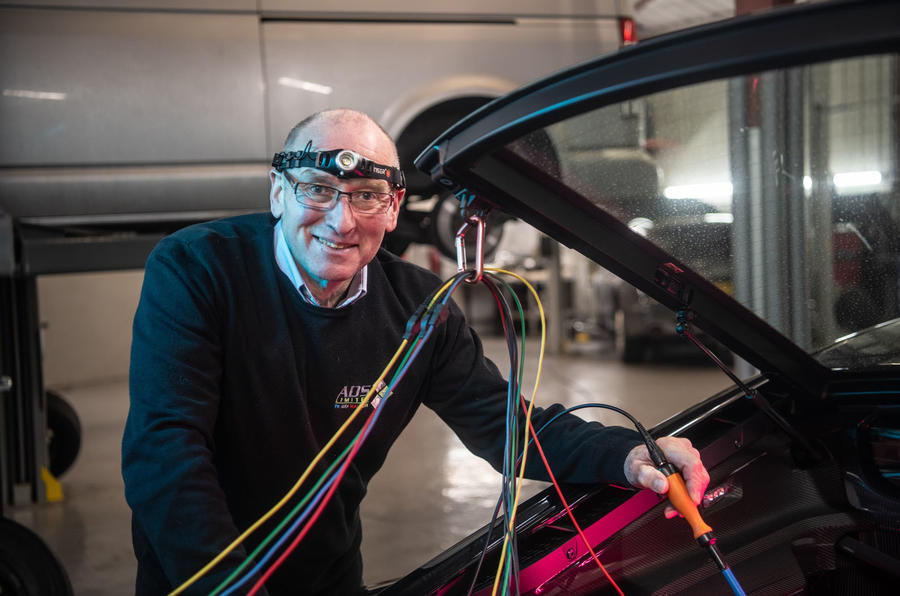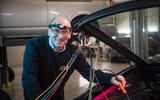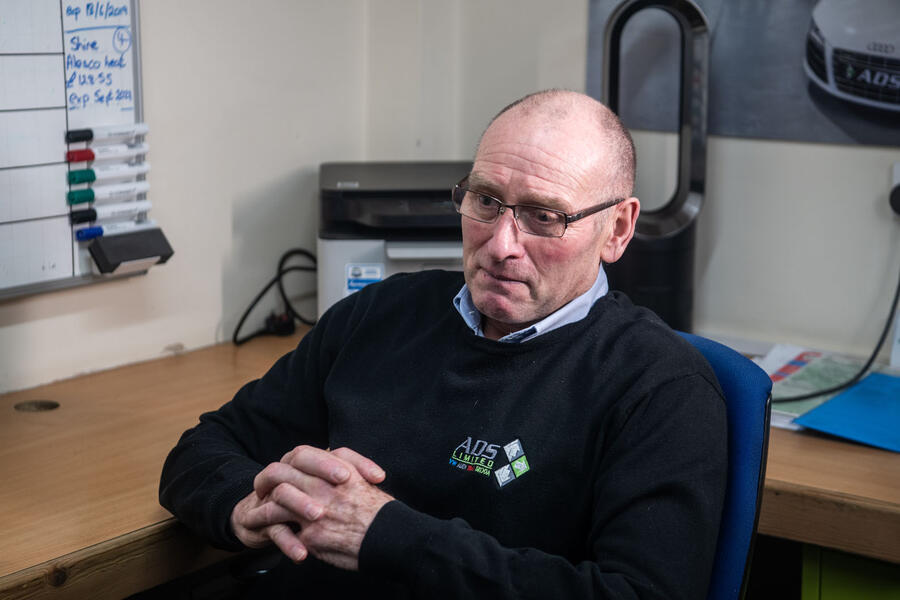“We’re like mushrooms: fed s*** and kept in the dark.”
I’ve heard it before but it still makes me laugh. On this occasion, the person responsible for saying it is David Massey who, unless you’re into vehicle diagnostics, you’re unlikely to have heard of. David’s describing how independent garages are, he claims, denied essential technical information by car makers.
“There are the EOBD-II error codes that most drivers are familiar with and which correspond to a vehicle fault. They’re universal and can be interpreted by all garages. But then, running in parallel, are manufacturer-specific diagnostic platforms that require special software, and which generate their own codes,” he says.

“Manufacturers will argue it’s progress but it freezes out the small independent garage lacking the resources to invest in the required software, assuming they’d be granted access.”
Not that any diagnostic platform, be it EOBD-II or those unique to car makers, gives technicians the power to cure every problem. According to David, the error codes they rely on to identify a fault can themselves be misleading: “What’s your average tech going to do then, except hope he’s done something that causes the problem to go away long enough for the customer to pay up and take their car? Days later, the warning light’s back on and the car is in limp home mode – which is when people call us.”
Error codes, diagnostics… it’s gobbledygook to me but, fortunately, I’m in the presence of experts: David, of course, but also Frank, his dad, known in the trade as the ‘guru’.






























Join the debate
Add your comment
It irks me...
...that having connected my car up to a diagnostic system it comes back with the fact it's detected a fault and must be booked in for a deeper diagnostic. I don't mind paying, but it's the faff of taking it to the dealer a second time and all the logistical organisation when one lives out in the sticks. Oh, and also when something is fixed only for the same warning light to come back on a couple of weeks later.
The Mechanic of today.....
The person who sorts your Car today is a very different one than say 30 years ago, then, it was down to experience, now, not so much, but, please, don’t bad mouth Mechanics, other than independent ones, the mechanic in a Franchise isn’t that well paid, and works hard for it, plugging in indeed tells you what might be the problem, what is the problem is what the diagnosis costs, all this expensive equipment and so on , well, the diagnostic tool has long past paid for itself so it’s pure profit now, and, there are plenty independents out there doing the same job or better for a lot less, but, what do you do?, most of us blithely go back to where we bought it, reap what you sew, reap what you sew.....
DIY actually gets easier
The OBD system that your Ford
The OBD system that your Ford dealer must use ( or face heavy penalties from the manufacturer ) costs a few grand. The £70 charge is worked out on the dealer Labour rate which is the total cost of getting your car from the parking space you left it in, workshop time and getting it back out. People seem to forget that ANY hourly paid trade from plumber to lawyer, you are paying for every minute. Plus dealers love doing a £20 diagnostic for a customer who will then head over to Fred in a shed for the repair.